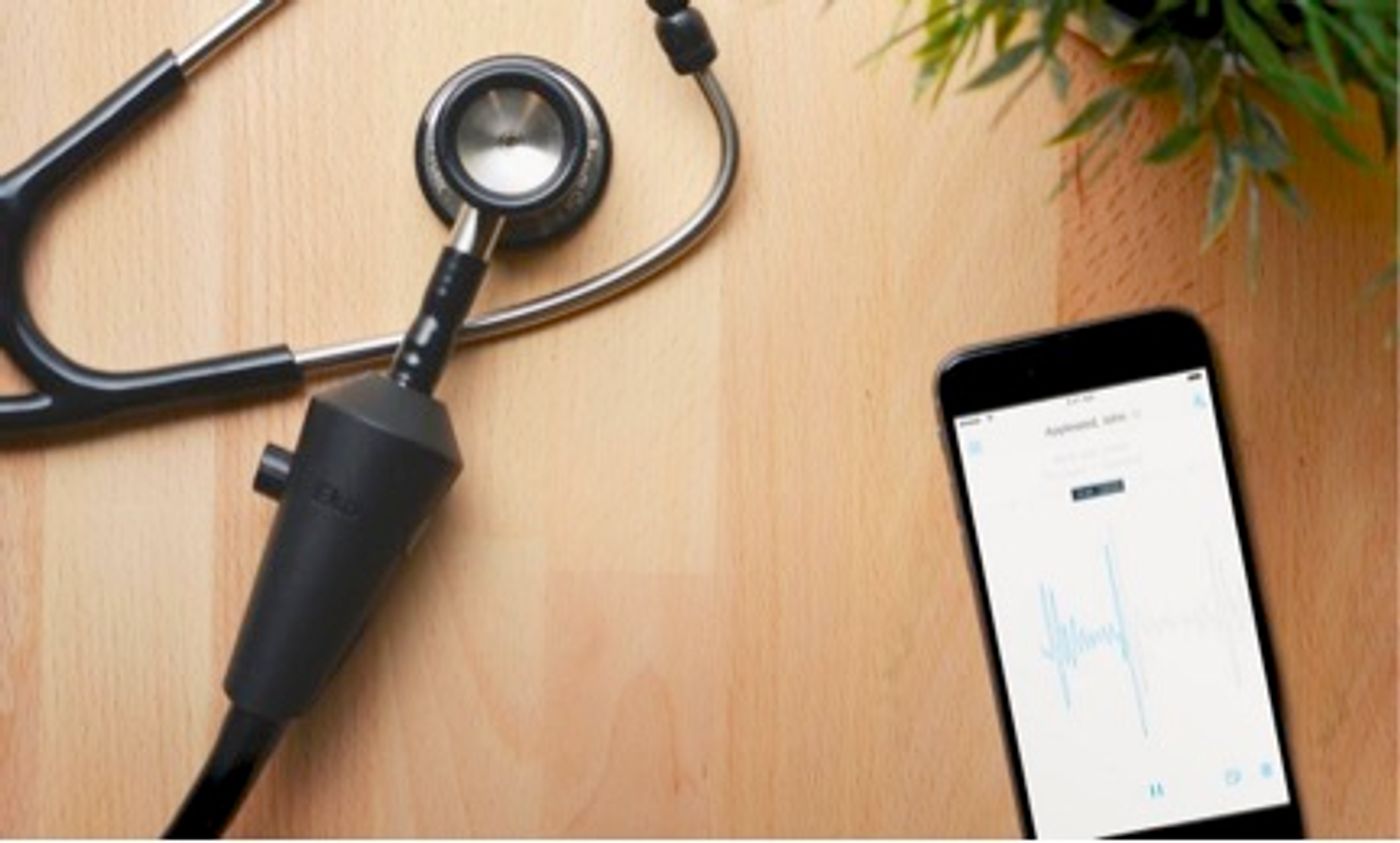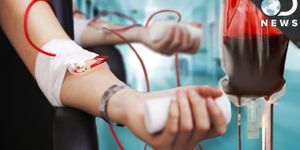The stethoscope – the most used and recognized symbol of medicine – is getting a modern, digital makeover. While preserving the standard look and function of traditional stethoscopes, a digital attachment, named the Eko Core, will transform this otherwise analog device into a multifunctional electronic diagnostic tool of the 21st century.

For a medical device that’s so essential to doctors, the stethoscope has undergone remarkably few upgrades since its invention in the early 1800s. The first prototype of this device was invented by Rene Laennec in 1816, and consisted of a simple hollow, wooden cylinder with three detachable parts. The name he gave the device, stethoscope, was derived from the Greek stethos, to mean chest, and skopos to mean examination.
Prior to Laennec’s stethoscope, doctors literally had to press their ears to patients’ bodies to listen for internal body sounds, exams referred to as auscultations. It wasn’t for another 35 years before the stethoscope was redesigned by Arthur Leared to be binaural. And that design has withstood the past 200 years of medical service with little else changed, until now.
Recognizing the current transition to digital technologies, Eko developed a sleek and modern attachment for doctor’s beloved analog stethoscope. Called the Eko Core, the attachment is a simple add-on that enables doctors to visualize heartbeats in waveform on a mobile device or computer. The sounds can also be amplified and recorded, data can then integrated with electronic medical record systems. This device was cleared by the FDA in the fall of 2015.
"The beauty of the Eko Core is that it captures heart sounds in a streamlined way that has never been done before, interfacing seamlessly into our traditional exam without requiring any extra effort," said John Chorba, cardiologist at the University of California-San Francisco.
By amplifying and streamlining data that can be gathered with a stethoscope, doctors are able to be more effective at auscultations than ever before. "It's incredibly challenging to hear a minute heart murmur, especially in patients with high heart rates," said Connor Landgraf, Eko co-founder. "Cardiologists say it's almost like a musical ear, it's something that you have to learn over 5 or 10 years of practice." Integration of the data to electronic devices could facilitate learning for physicians in training, and reduce turn-around time when physicians seek second opinions.
The Eko Core stands out among other attempts at digitizing the stethoscope because it is an extension of what physicians already know and use. The seamless design and smart integration capabilities are part of its success in getting physicians to adopt this technology. "Connecting patients to physicians with non-invasive tools to understand what's going on in peoples' hearts is going to be really powerful," said Landgraf.
The company is working on collecting data and developing an algorithm that will enable the device to match heartbeats to heart conditions in real-time. This Shazam-like capability would enable physicians to better diagnose and provide timely care to patients with heart problems.
Additional source:
MNT,
Eko

 For a medical device that’s so essential to doctors, the stethoscope has undergone remarkably few upgrades since its invention in the early 1800s. The first prototype of this device was invented by Rene Laennec in 1816, and consisted of a simple hollow, wooden cylinder with three detachable parts. The name he gave the device, stethoscope, was derived from the Greek stethos, to mean chest, and skopos to mean examination.
For a medical device that’s so essential to doctors, the stethoscope has undergone remarkably few upgrades since its invention in the early 1800s. The first prototype of this device was invented by Rene Laennec in 1816, and consisted of a simple hollow, wooden cylinder with three detachable parts. The name he gave the device, stethoscope, was derived from the Greek stethos, to mean chest, and skopos to mean examination.
![WGS for rare disease diagnosis [eBook]](https://d3bkbkx82g74b8.cloudfront.net/eyJidWNrZXQiOiJsYWJyb290cy1pbWFnZXMiLCJrZXkiOiJjb250ZW50X2FydGljbGVfcHJvZmlsZV9pbWFnZV84MmRlM2UyYjA5M2Q3ZTYwOTI3Zjc1YTRjOWU2N2RmMjkzMThjMTJkXzI1MDcucG5nIiwiZWRpdHMiOnsidG9Gb3JtYXQiOiJqcGciLCJyZXNpemUiOnsid2lkdGgiOjcwMCwiaGVpZ2h0IjozNTAsImZpdCI6ImNvdmVyIiwicG9zaXRpb24iOiJjZW50ZXIiLCJiYWNrZ3JvdW5kIjoiI2ZmZiJ9LCJmbGF0dGVuIjp7ImJhY2tncm91bmQiOiIjZmZmIn19fQ==)






